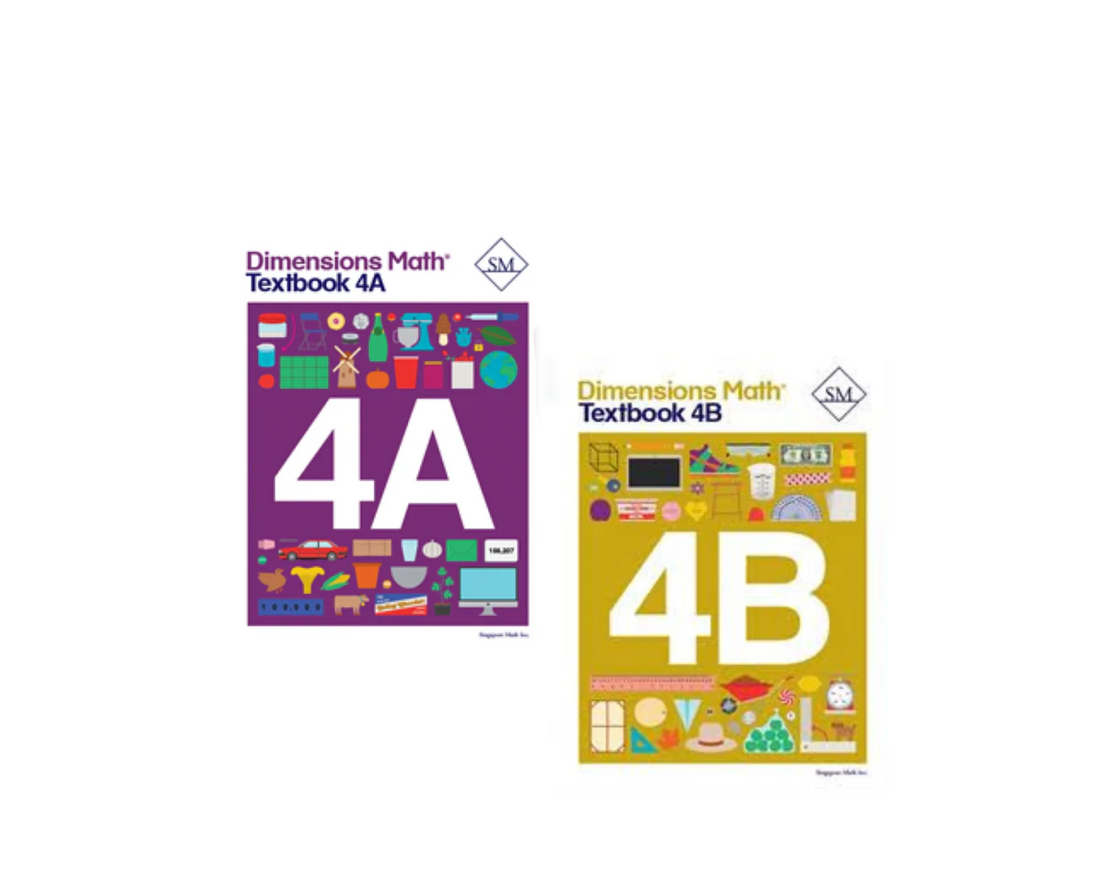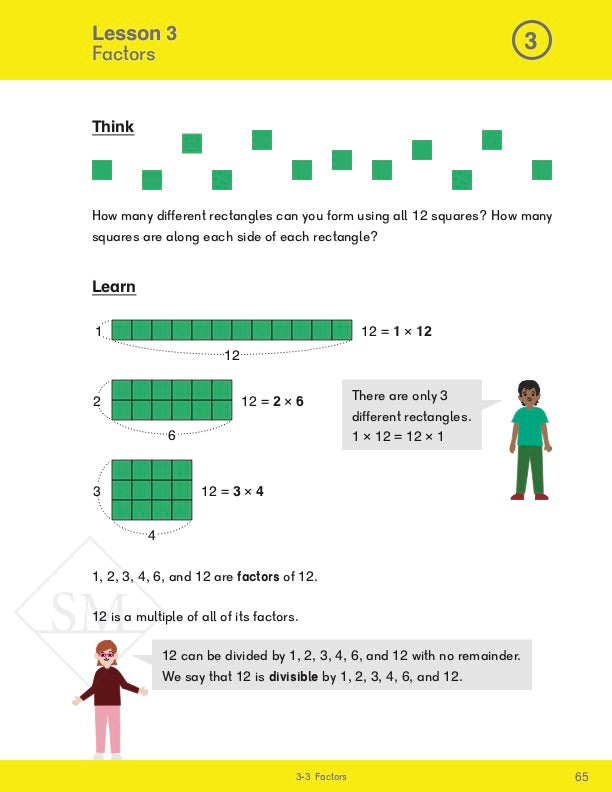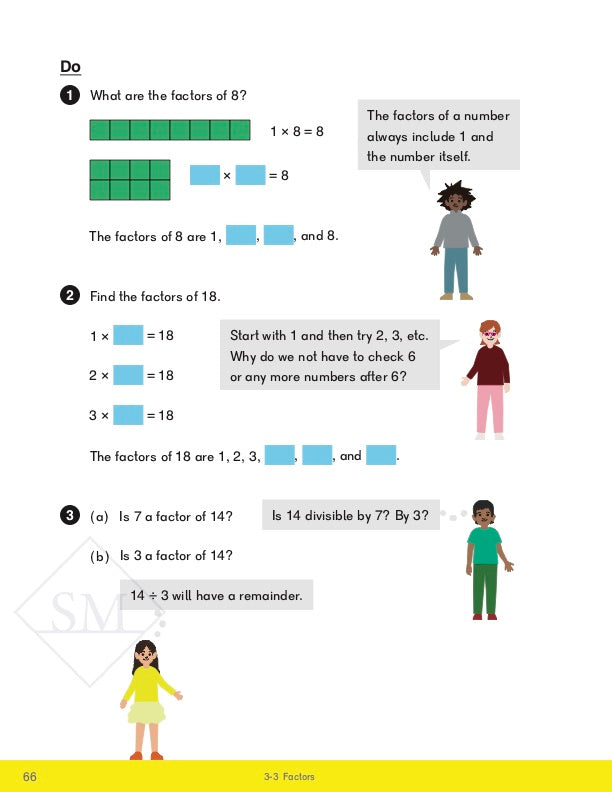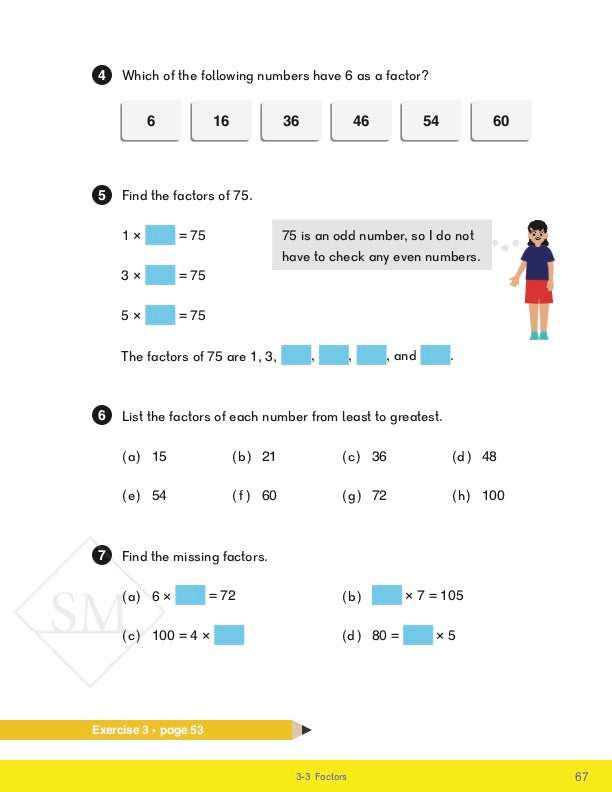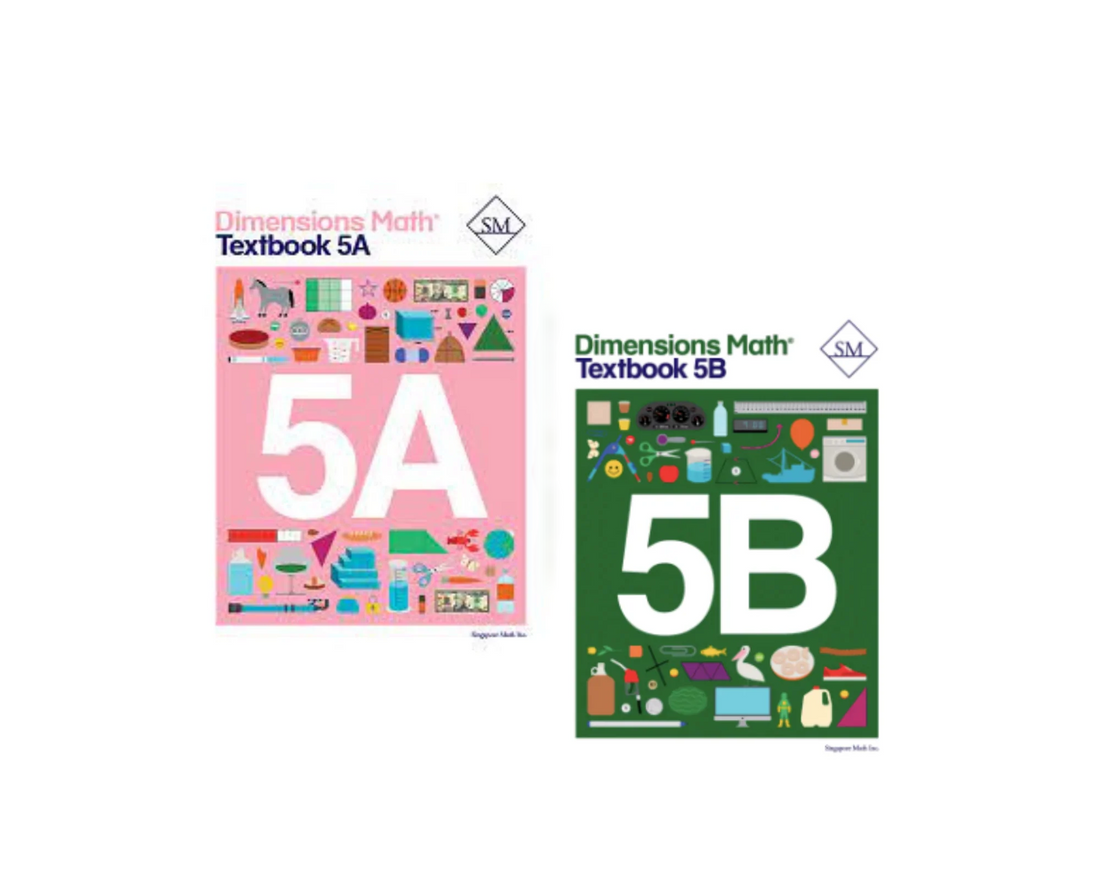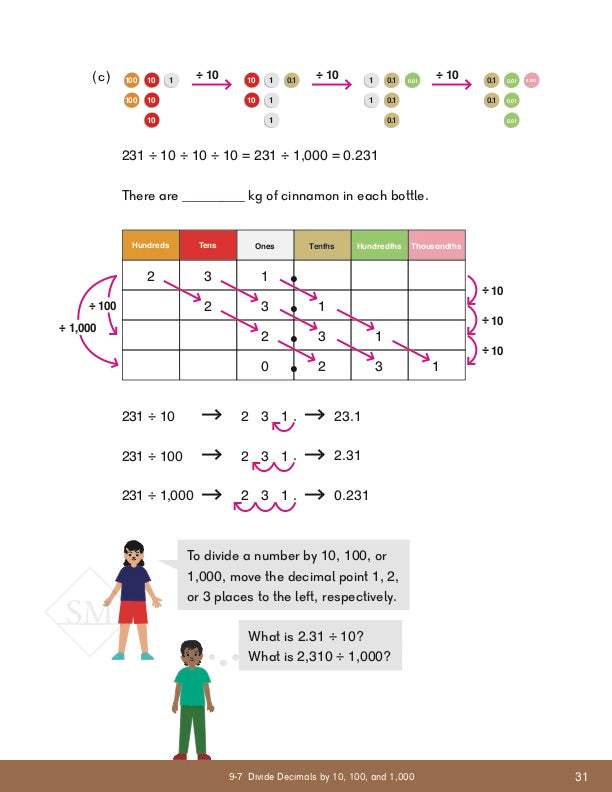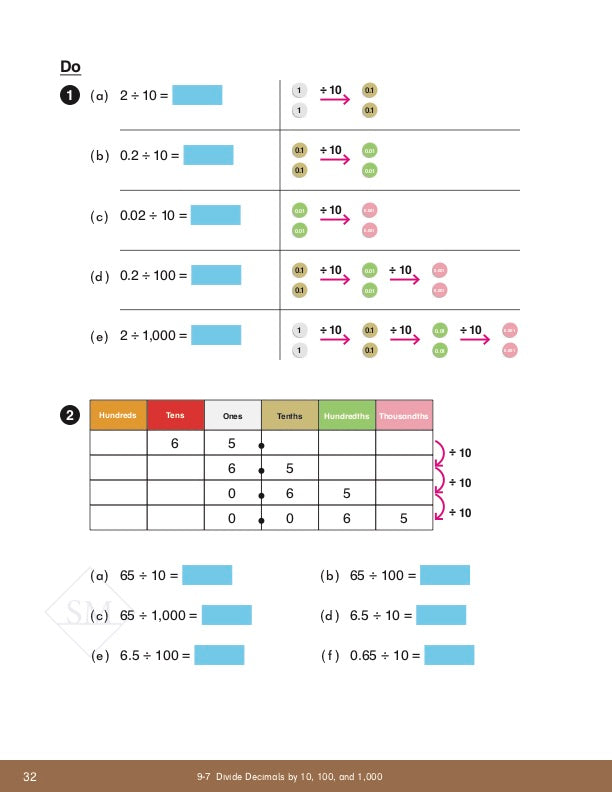Introducing
This course utilizes the Singapore Math method which is a problem-solving approach to mathematics that encourages critical thinking and allows students to develop their own understanding of mathematical concepts. The course is designed to help students develop their problem-solving skills and gain a deeper understanding of math. The syllabus will include topics such as numbers and operations, fractions, decimals, measurement, geometry, algebra, and data handling. The course will also provide students with practice activities and assessments to help them apply their learning. Live instructors will be available on the course, and they will provide students with individual guidance and feedback to help them progress. The course will also provide access to a range of online resources and learning materials that can be used to supplement the learning.
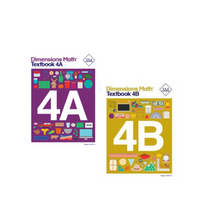
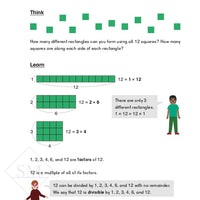
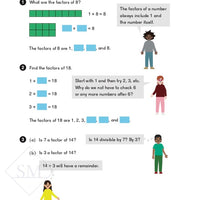
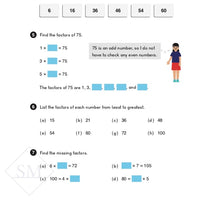
This course encourages active thinking process, communication of mathematical ideas and problem solving. It helps build confidence and motivation to learn mathematics by using engaging activities. This course covers long multiplication & division, order of operation, negative number, four operations of fraction, mixed number and decimals, factors and multiples, geometry, congruent and symmetric figures, coordinate graphs and changes in quantities, statistics, data analysis and probability.
4A Textbook Sample 4A Workbook Sample
4B Textbook Sample 4B Workbook Sample
Each course includes a 4A Textbook, 4A Workbook, 4B Textbook, 4B Workbook, and Assessments.
Each lesson in the textbook has 3 components:
1. Think: Stimulates interest in new concepts through a hands-on activity or problem.
2. Learn: Presents definitions and fully explains new concepts.
3. Do: Solidifies and deepens student understanding of concepts.
The workbooks offer additional practice for students to master concepts.
Book 4A
- Chapter 1: Numbers One to One Million
- Chapter 2: Addition and Subtraction
- Chapter 3: Multiples and Factors
- Chapter 4: Multiplication
- Chapter 5: Division
- Chapter 6: Fractions
- Chapter 7: Adding and Subtracting Fractions
- Chapter 8: Multiplying a Fraction and a Whole Number
- Chapter 9: Line Graphs and Line Plots
Book 4B
- Chapter 10: Measurement
- Chapter 11: Area and Perimeter
- Chapter 12: Decimals
- Chapter 13: Addition and Subtraction of Decimals
- Chapter 14: Multiplication and Division of Decimals
- Chapter 15: Angles
- Chapter 16: Lines and Shapes
- Chapter 17: Properties of Cuboids
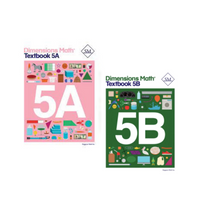
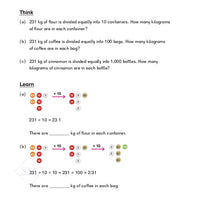
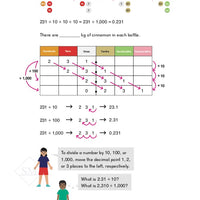

This course is designed to help students gain a better understanding of math concepts and develop analytical skills. Students will learn number theory, prime factorization, common multiples, properties of fractions, decimals, negative number, geometry, perimeter, area, surface area, 3-D measures and volume, ratios, percentage and angles. They will also be introduced to algebra along with statistics & data analysis techniques
5A Textbook Sample 5A Workbook Sample
5B Textbook Sample 5B Workbook Sample
Each course includes a 5A Textbook, 5A Workbook, 5B Textbook, 5B Workbook, and Assessments.
Each lesson in the textbook has 3 components:
1. Think: Stimulates interest in new concepts through a hands-on activity or problem.
2. Learn: Presents definitions and fully explains new concepts.
3. Do: Solidifies and deepens student understanding of concepts.
The workbooks offer additional practice for students to master concepts.
Book 5A
- Chapter 1: Whole Numbers
- Chapter 2: Writing and Evaluating Expressions
- Chapter 3: Multiplication and Division
- Chapter 4: Addition and Subtraction of Fractions
- Chapter 5: Multiplication of Fractions
- Chapter 6: Division of Fractions
- Chapter 7: Measurement
- Chapter 8: Volume of Solid Figures
Book 5B
- Chapter 9: Decimals
- Chapter 10: The Four Operations of Decimals
- Chapter 11: Geometry
- Chapter 12: Data Analysis and Graphs
- Chapter 13: Ratios
- Chapter 14: Rate
- Chapter 15: Percentage
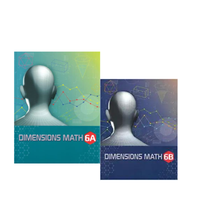
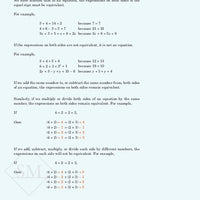
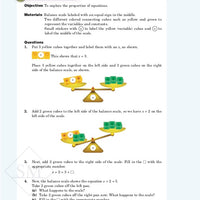
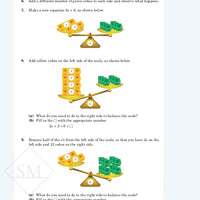
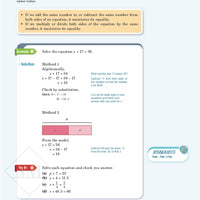
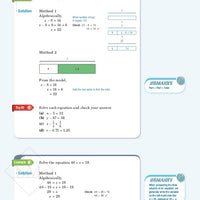
This course helps students develop a solid mathematical foundation for more advanced classes. Mastering the model drawing approach enables students to visualize and solve mathematical problems quickly and efficiently. Topics include number theory, four operations of fractions and decimals, rate, speed, ratio and proportion, geometry, circle, volume of prisms and cylinders, triangles and quadrilaterals construction, data and probability, negative numbers, algebraic expressions & equations, statistics & probability, etc.
6A Sample Textbook 6A Sample Workbook
6B Sample Textbook 6B Sample Workbook
Each course includes a 6A Textbook, 6A Workbook, 6B Textbook, 6B Workbook, and Assessments.
Each lesson in the textbook has 3 components:
1. Think: Stimulates interest in new concepts through a hands-on activity or problem.
2. Learn: Presents definitions and fully explains new concepts.
3. Do: Solidifies and deepens student understanding of concepts.
The workbooks offer additional practice for students to master concepts.
Book 6A
- Chapter 1: Whole Numbers
1.1 Order of Operations
1.2 Factors and Multiples
1.3 Multiplication
1.4 Division - Chapter 2: Fractions
2.1 Multiplication of Fractions
2.2 Division of Fractions - Chapter 3: Decimals
3.1 Addition and Subtraction of Decimals
3.2 Multiplication of Decimals
3.3 Division of Decimals
3.4 Metric Measurements and Decimals - Chapter 4: Negative Numbers
4.1 Positive and Negative Numbers
4.2 Comparing Positive and Negative Numbers - Chapter 5: Ratios
5.1 Ratios and Equivalent Ratios
5.2 Ratios and Fractions - Chapter 6: Rate
6.1 Average and Rate
6.2 Unit Rate
6.3 Speed - Chapter 7: Percent
7.1 Meaning of Percent
7.2 Percentage of a Quantity
Book 6B
- Chapter 8: Algebraic Expressions
8.1 Writing and Evaluating Algebraic Expressions
8.2 Simplifying Algebraic Expressions - Chapter 9: Equations and Inequalities
9.1 Equations
9.2 Inequalities - Chapter 10: Coordinates and Graphs
10.1 The Coordinate Plane
10.2 Distance between Coordinate Pairs
10.3 Changes in Quantities - Chapter 11: Area of Plane Figures
11.1 Area of Rectangles and Parallelograms
11.2 Area of Triangles
11.3 Area of Trapezoids - Chapter 12: Volume and Surface Area of Solids
12.1 Volume of Rectangular Prisms
12.2 Surface Area of Prisms - Chapter 13: Displaying and Comparing Data
13.1 Statistical Variability
13.2 Displaying Numerical Data
13.3 Measures of Variability and Box Plots

